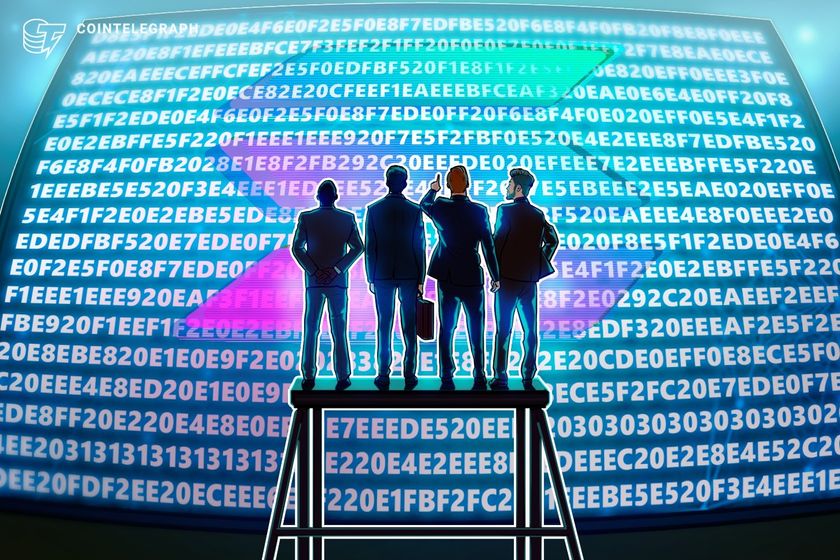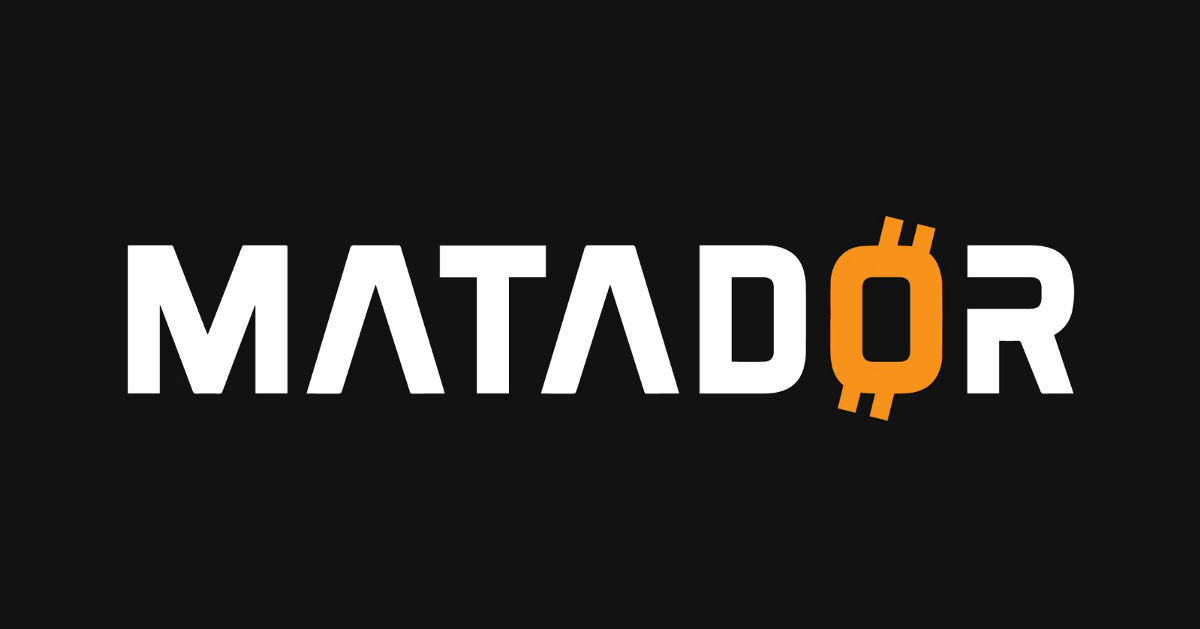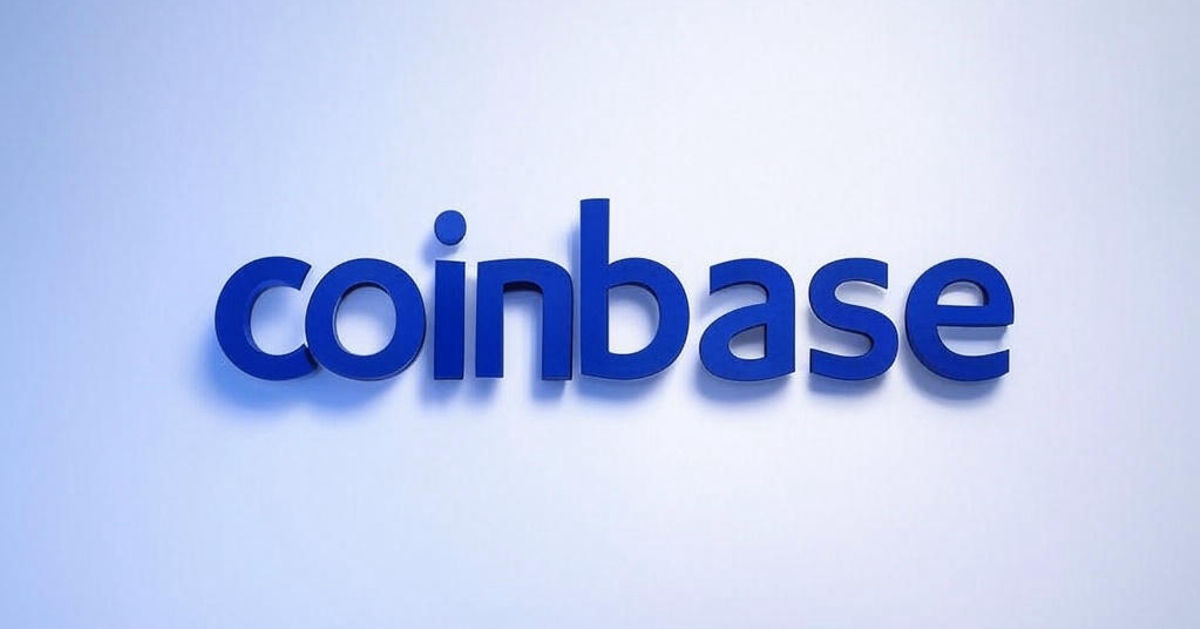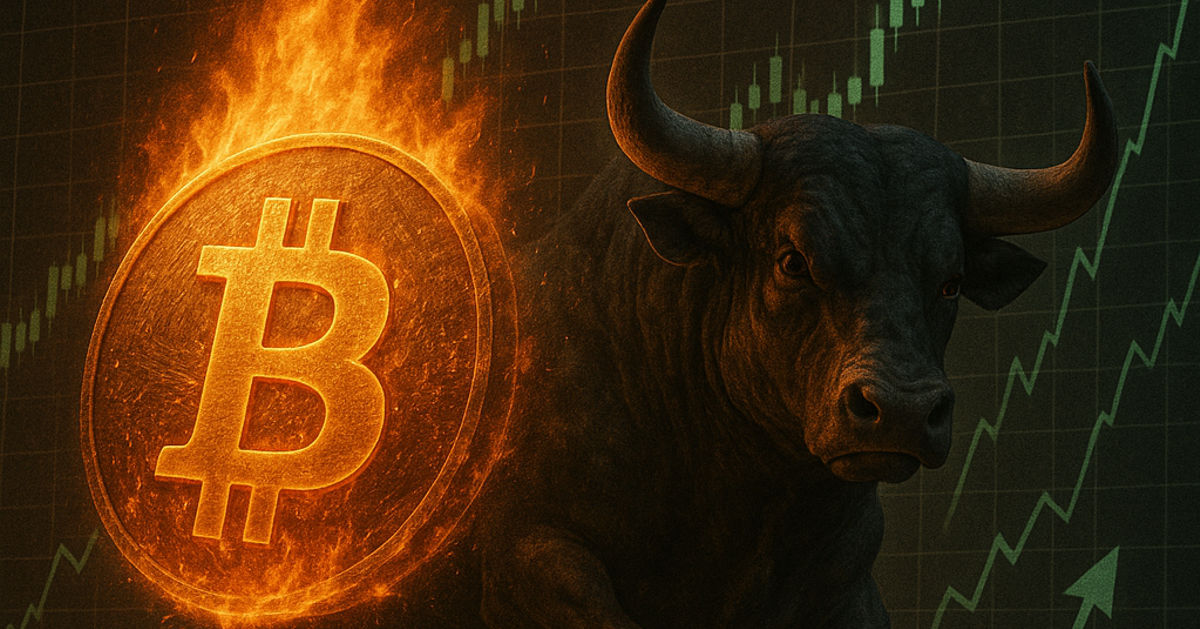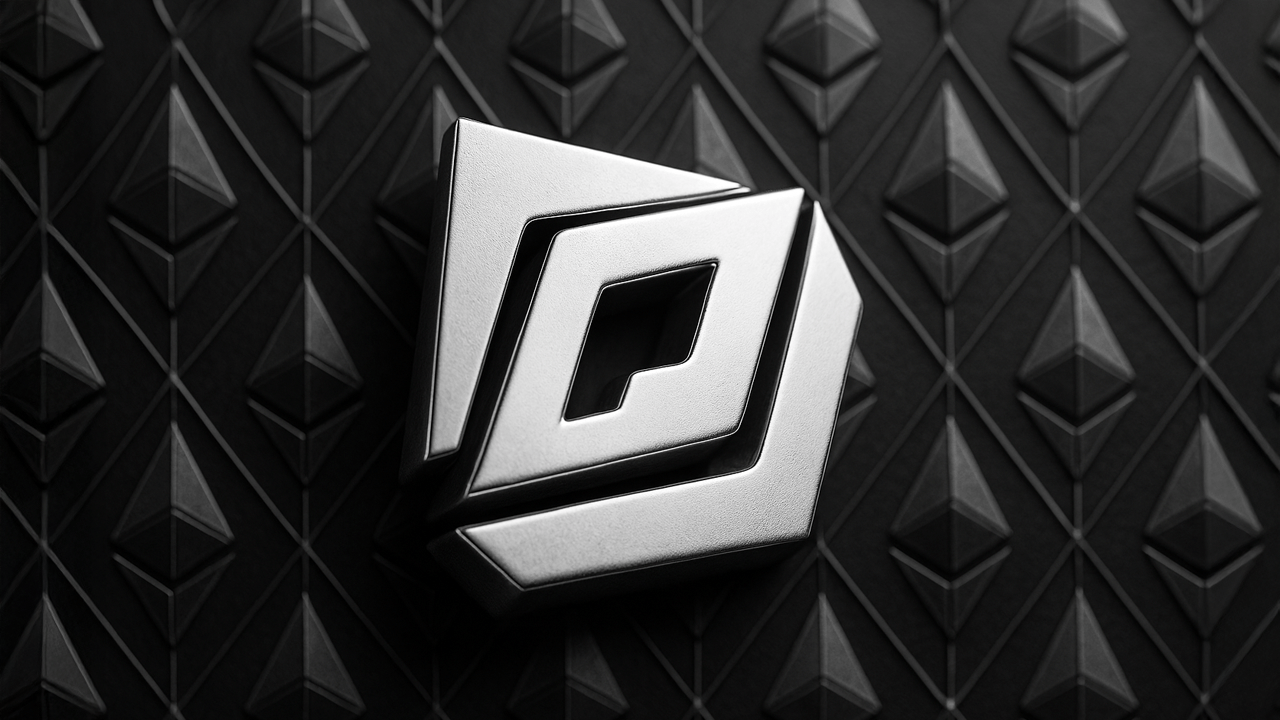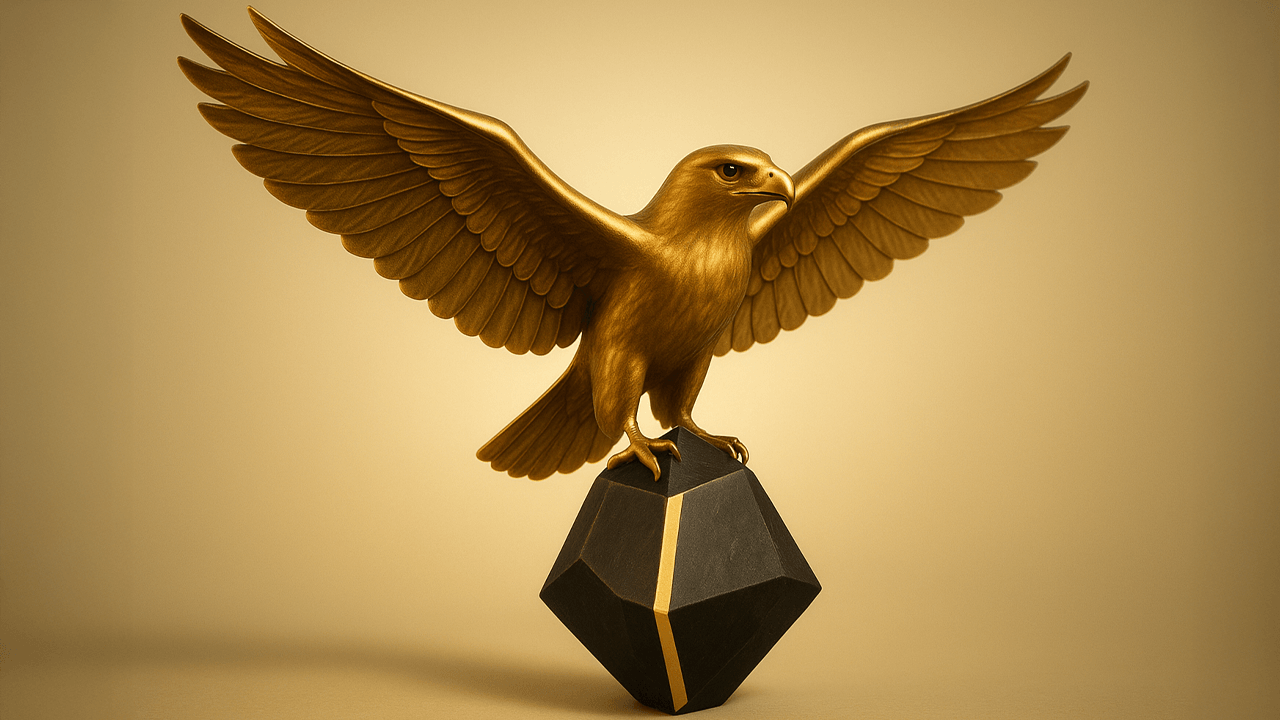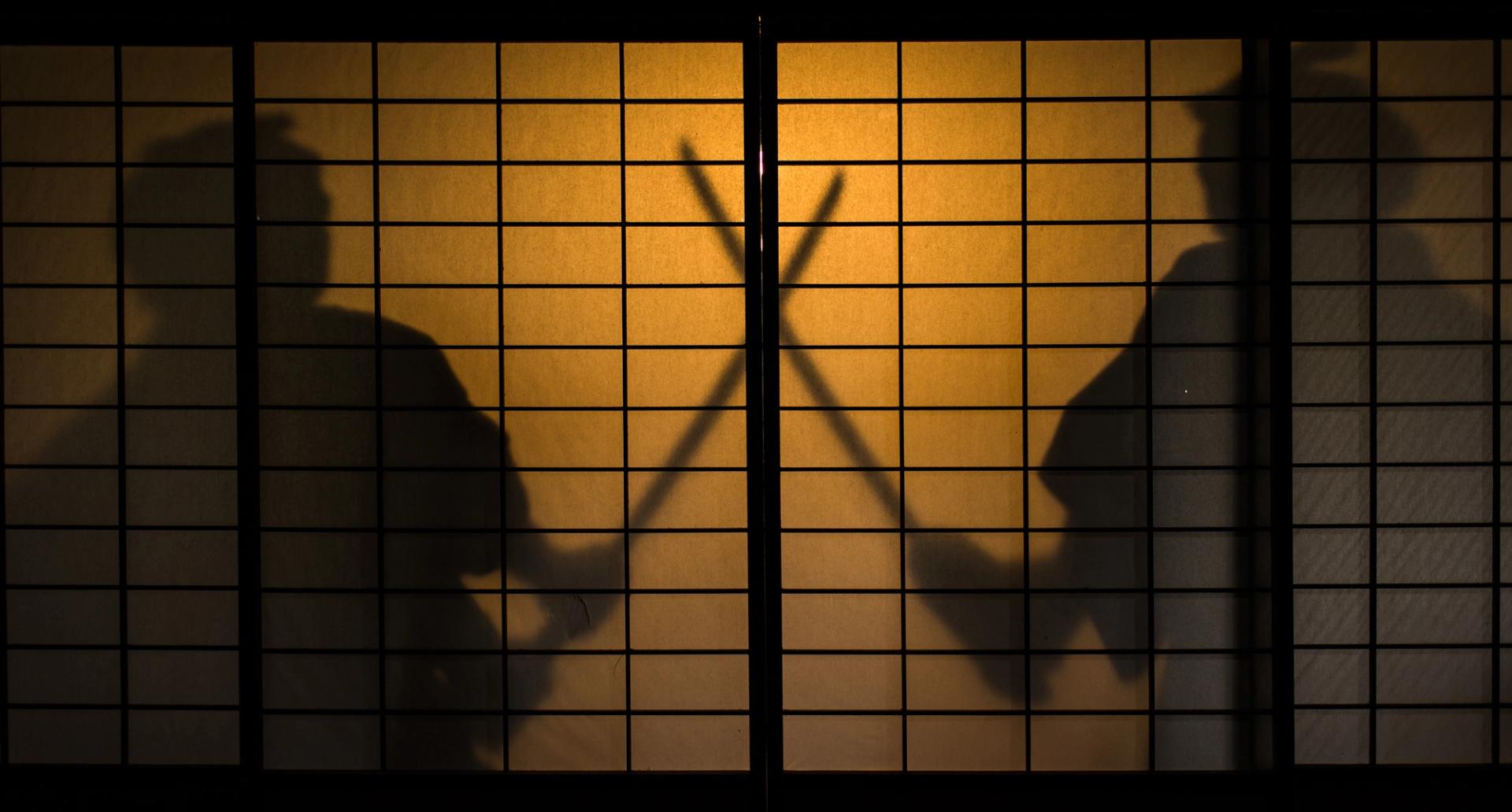Architecture today is driving AI ‘towards the direction that you’ve already preconceived in your mind’
The rise of AI will convert design into a conversational process between the designer and the computer.

Much of the focus on AI has been on its ability to improve productivity and eliminate the need for human workers across a swathe of industries.
But in industrial and architectural design and manufacturing, the use of AI may flip the industry on its head, as computer systems take on greater parts of the creative process and humans return to some parts of artisanal production, architectural designer Tim Fu told Fortune’s Brainstorm AI conference in London.
Using the example of a modern column he designed by prompting AI with "contemporary" language, Fu explained how he then sent the designs to a stonemason in Dresden who then carved them by hand.
"This is really an example of how we flip the script," Fu told Brainstorm AI Wednesday. "Instead of human ideation followed by machine fabrication, which is the typical industrial revolution paradigm, now we can think about how AI is in the ideation process followed by human in the production process."
For Fu, the disruption posed for architects and designers by AI is the speed with which it can move a design from initial inspiration to 3D-rendering—within minutes, instead of weeks.
In the past, "It could be a few sketches, a few scribbles on paper, a few gestures and we work through these ideas to materialize them with depth, with understanding, with context," Fu said. "But today something like that, actually this image itself, is done in a few seconds from the sketch."
Fu demonstrated how he took a piece of paper he'd crumbled—a common inspiration for him—and quickly turned it into a building design, and then remodeled that design in the style of famous form-driven architects Frank Gehry, Daniel Libeskind, and Zaha Hadid—in whose studio he worked for several years, and where he began his AI explorations.
"It's about how we play," he said.
'You distill'
The rise of AI will convert design into a conversational process between the designer and the computer, Fu says.
"I began constructing a methodology to curate the process to select results, to prompt engineer," he said. "You start with a huge plethora of ideas and from there you distill. It's a very human act of curating. That is where human artistry, I believe, is re-instilled in this process.
"As you refine your idea, you continue to sort of drive AI towards the direction that you've already preconceived in your mind, and so it becomes a very intentional endeavor of using AI in the creative process."
In one of Studio Tim Fu's first projects, Fu and his team were charged with designing homes for a protected heritage site on Lake Bled in Slovenia.
To meet the client's wish of mixing contemporary architecture with heritage elements to respect the sites, Fu's team created a visual database of existing architecture from around the sites, many of which were heritage-protected and representative of the local culture. They then used Difusion AI to combine elements from the heritage database with contemporary prompting.
This story was originally featured on Fortune.com




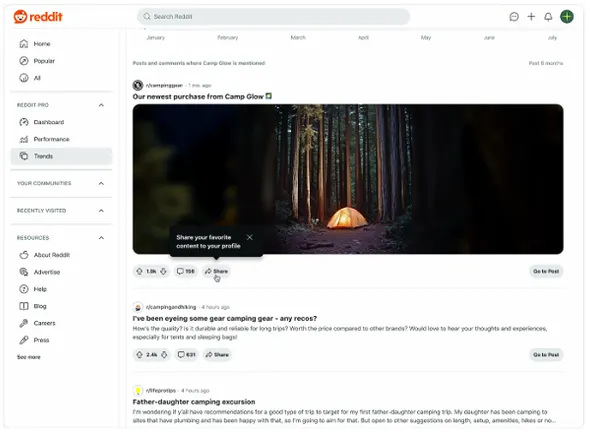

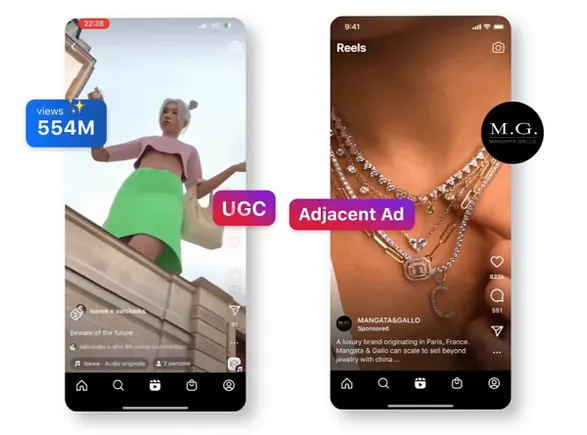
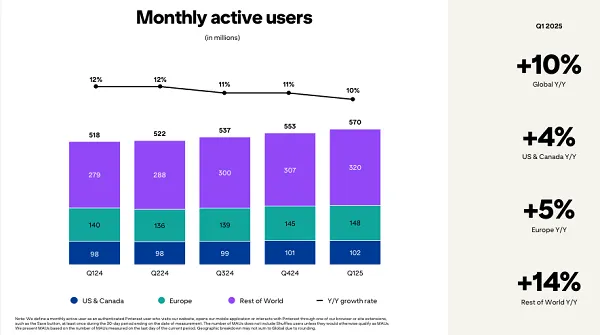
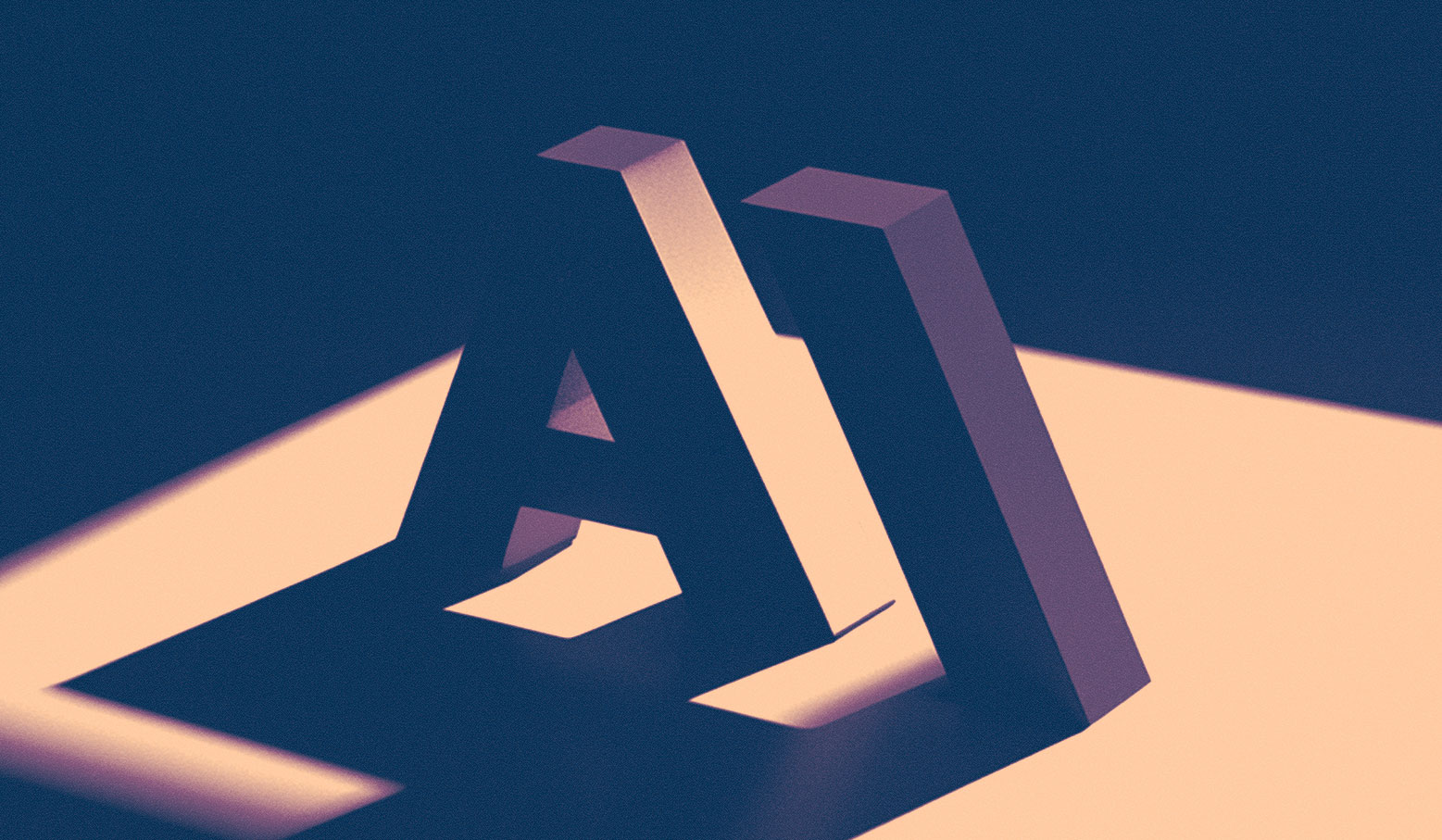
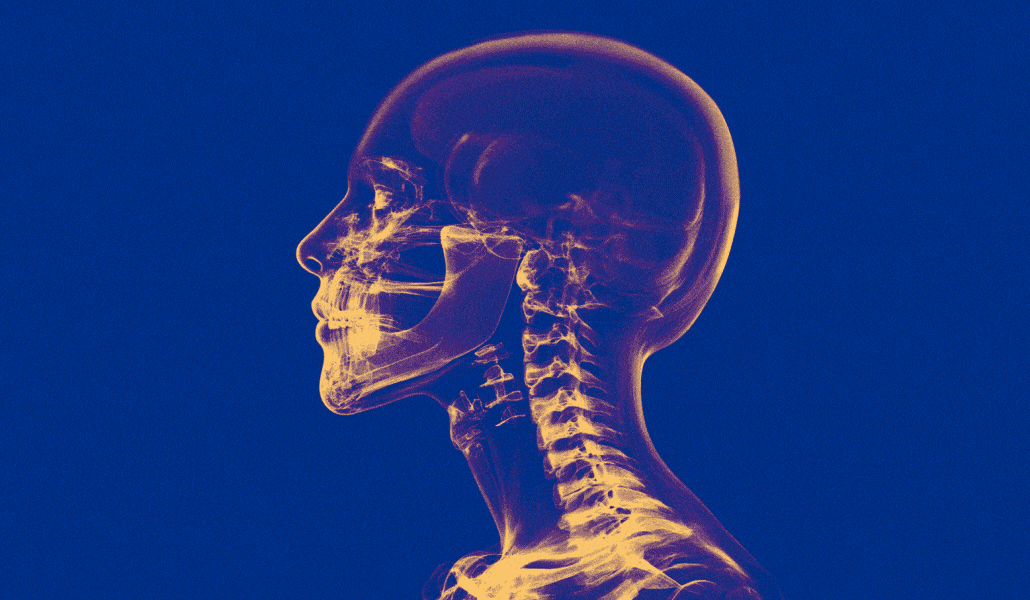

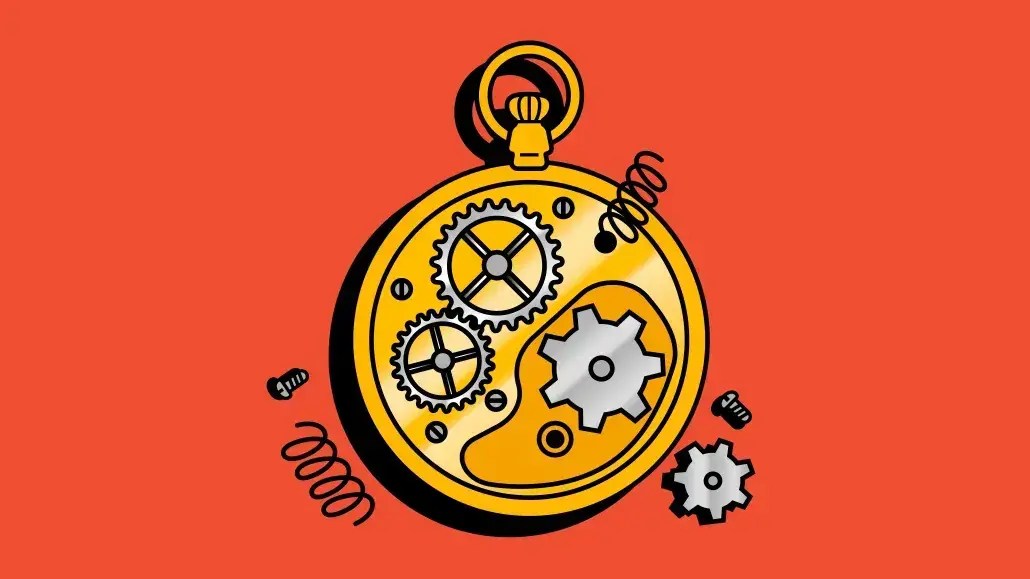




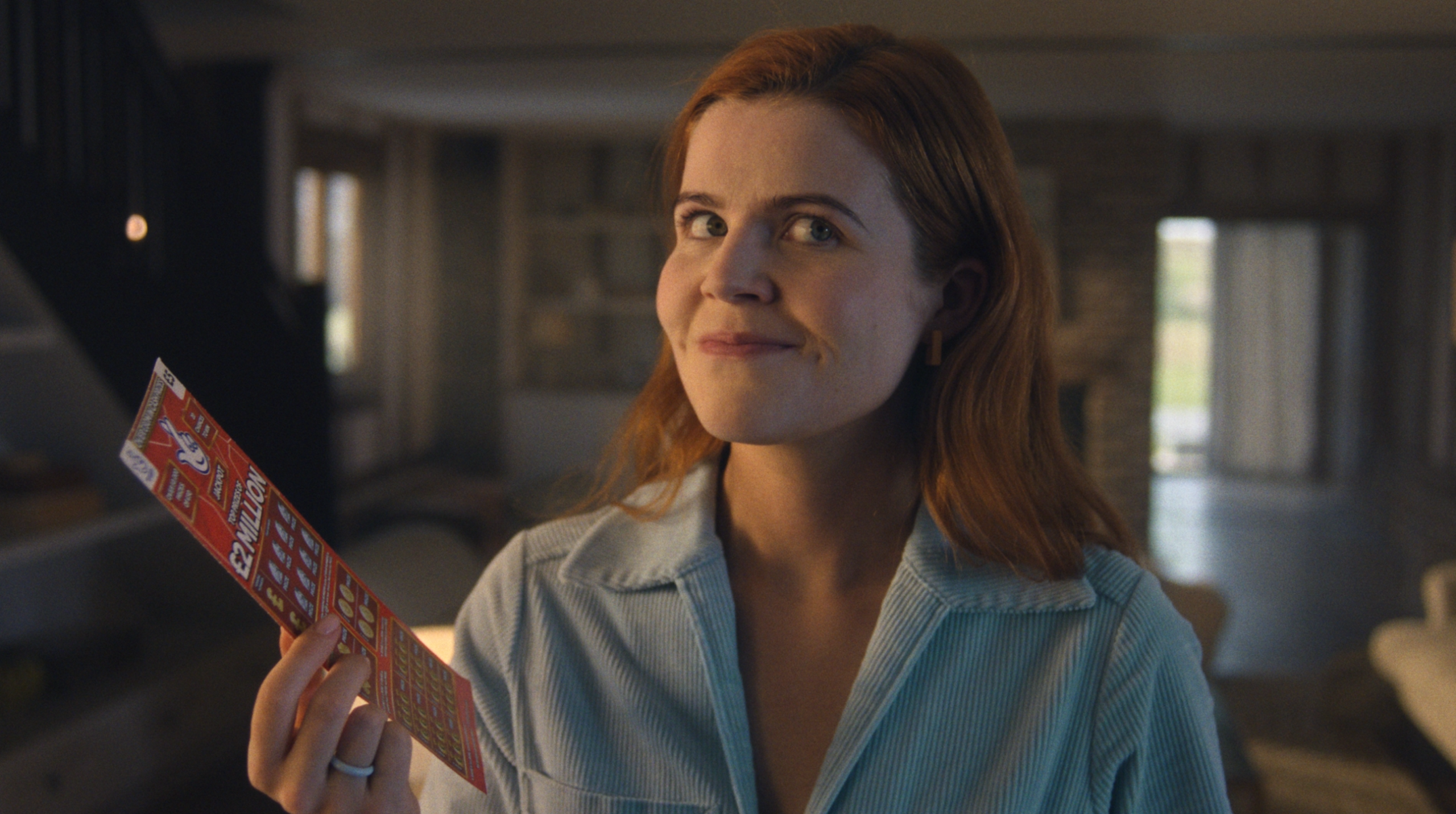
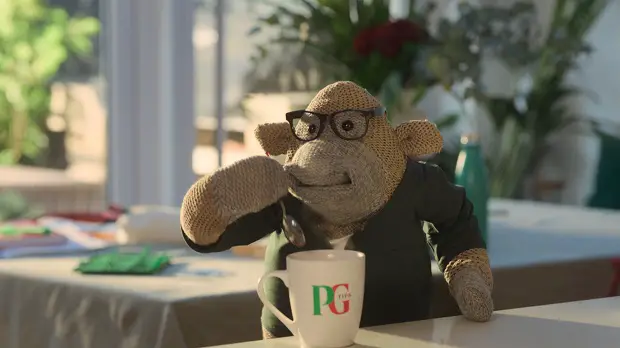
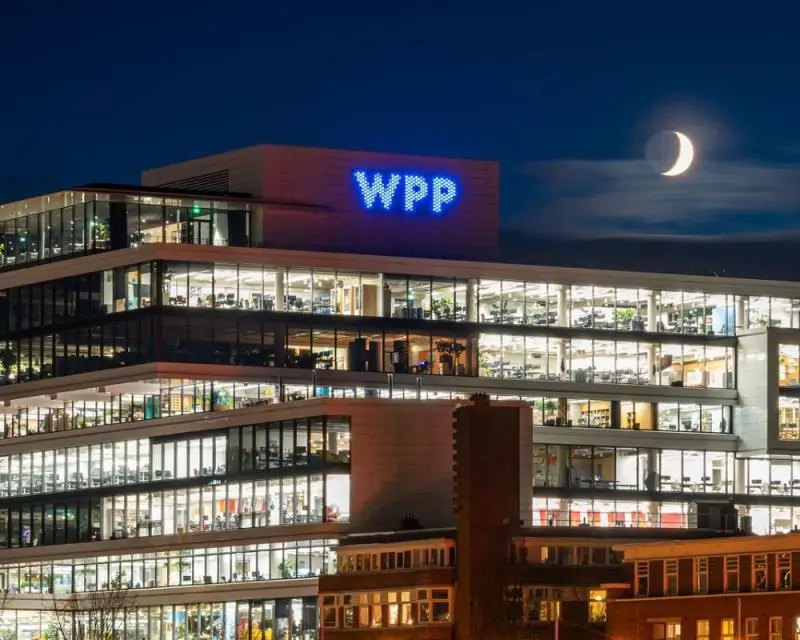
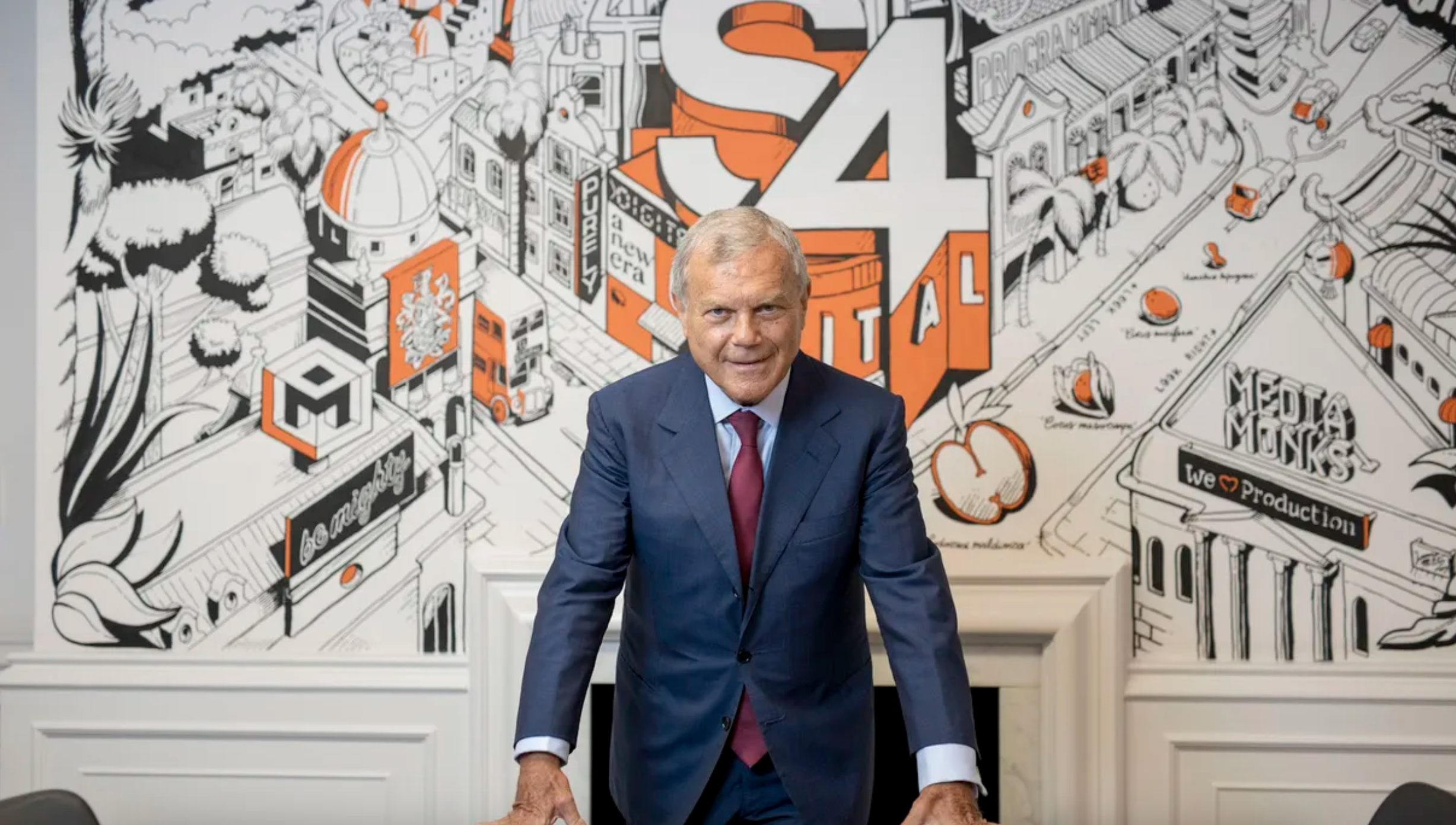







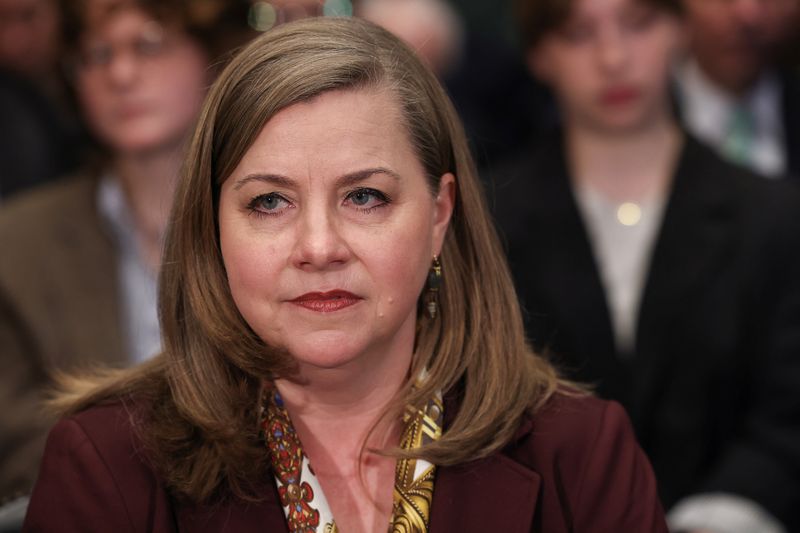




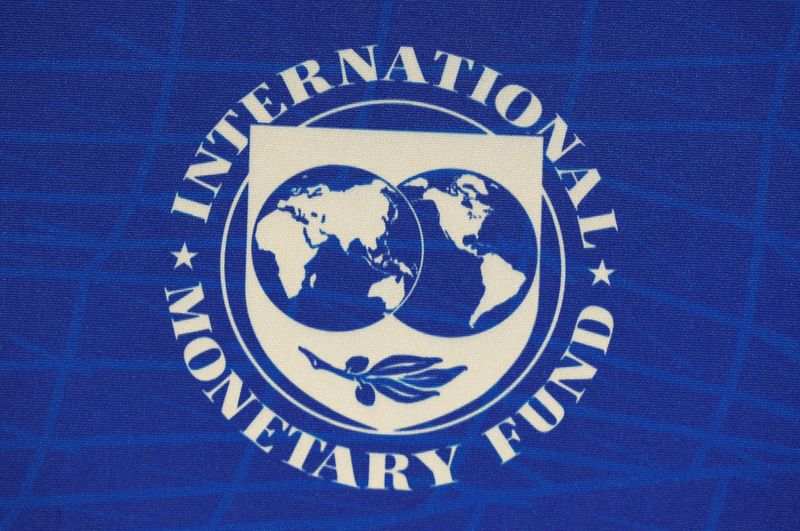





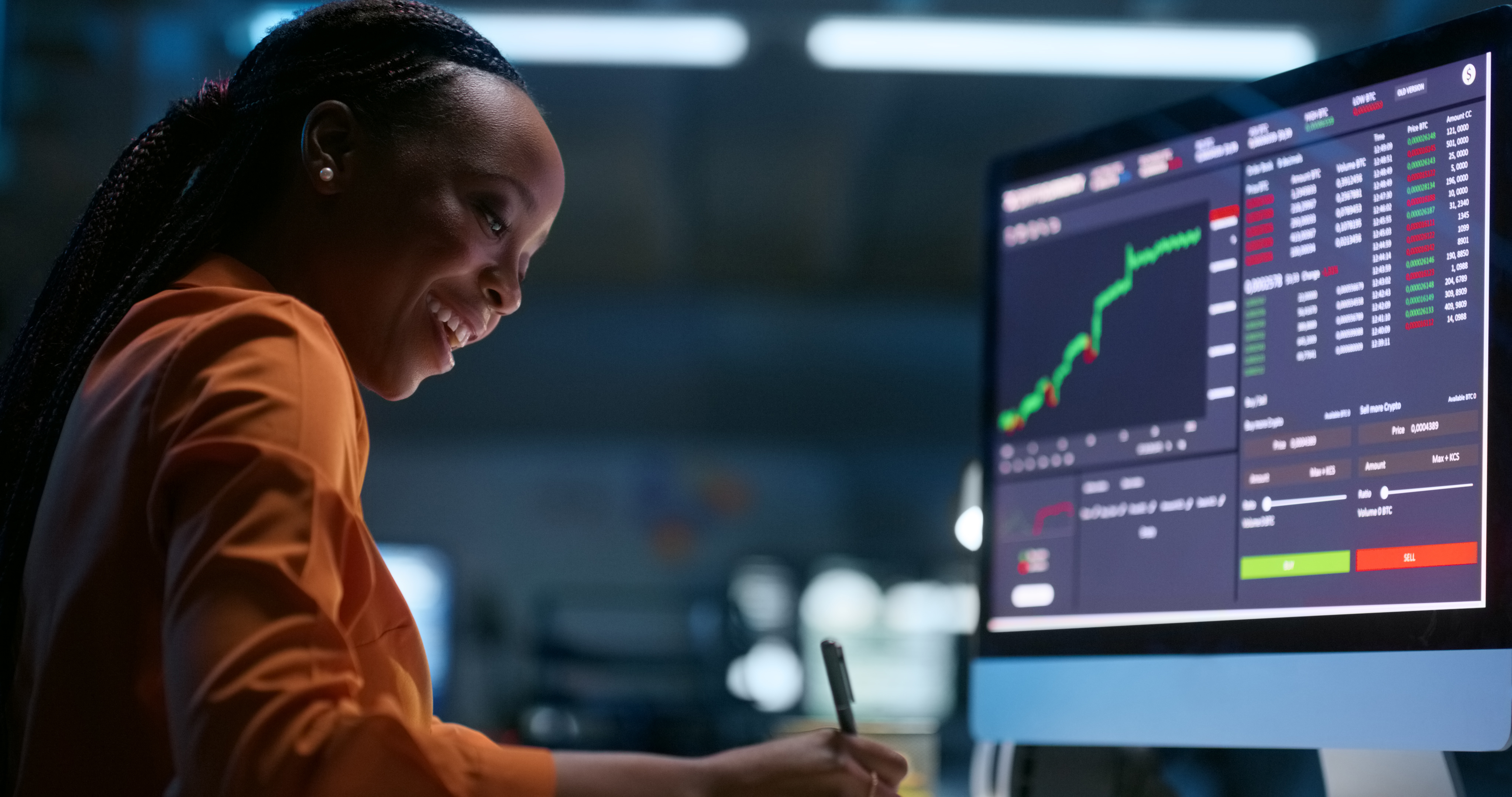
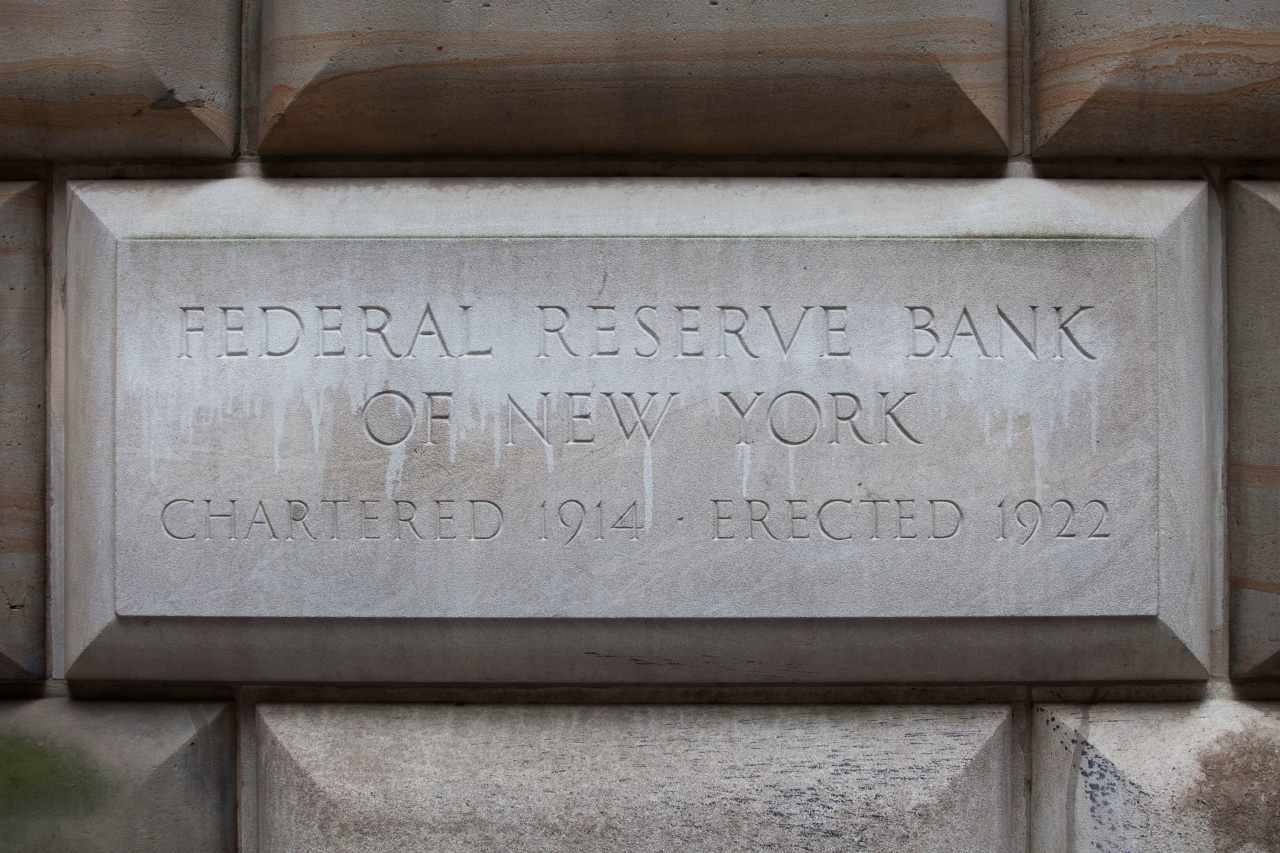
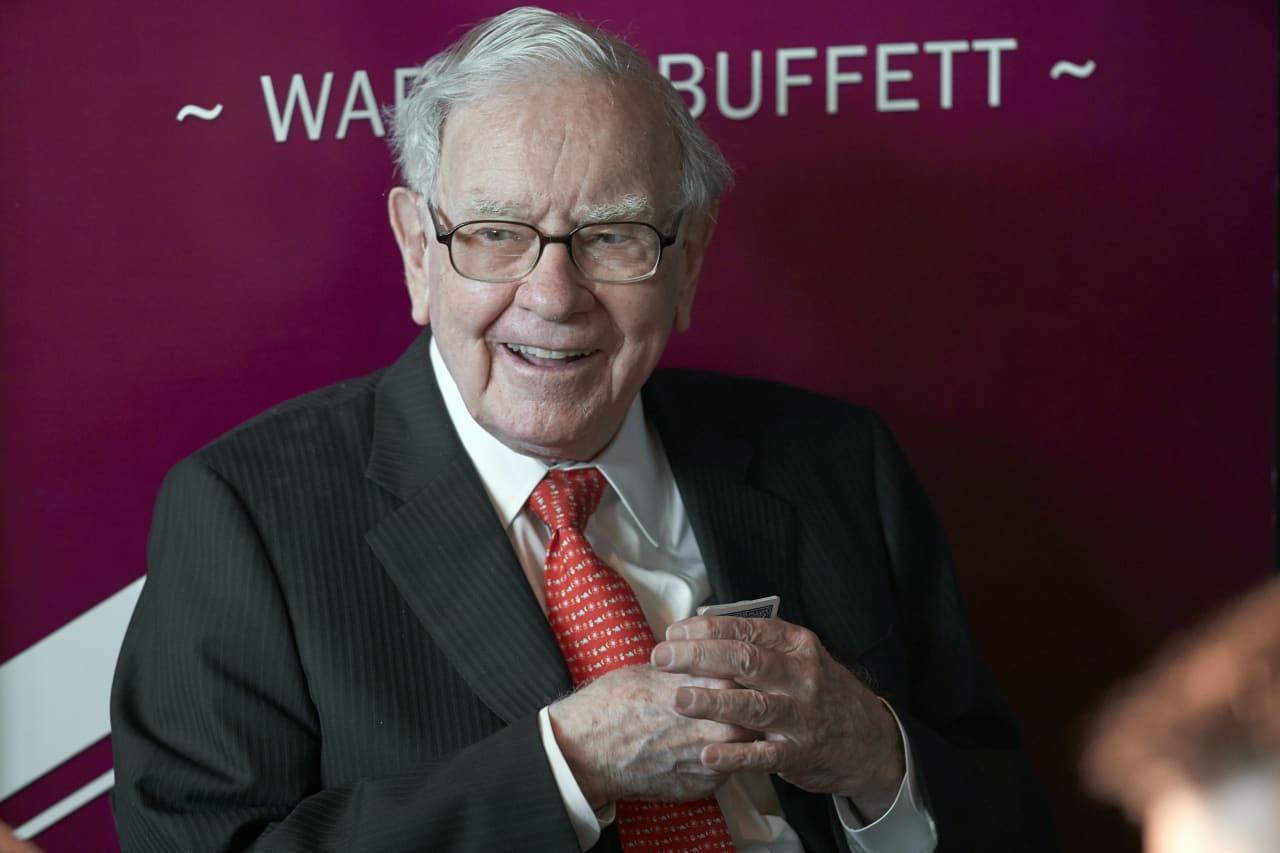
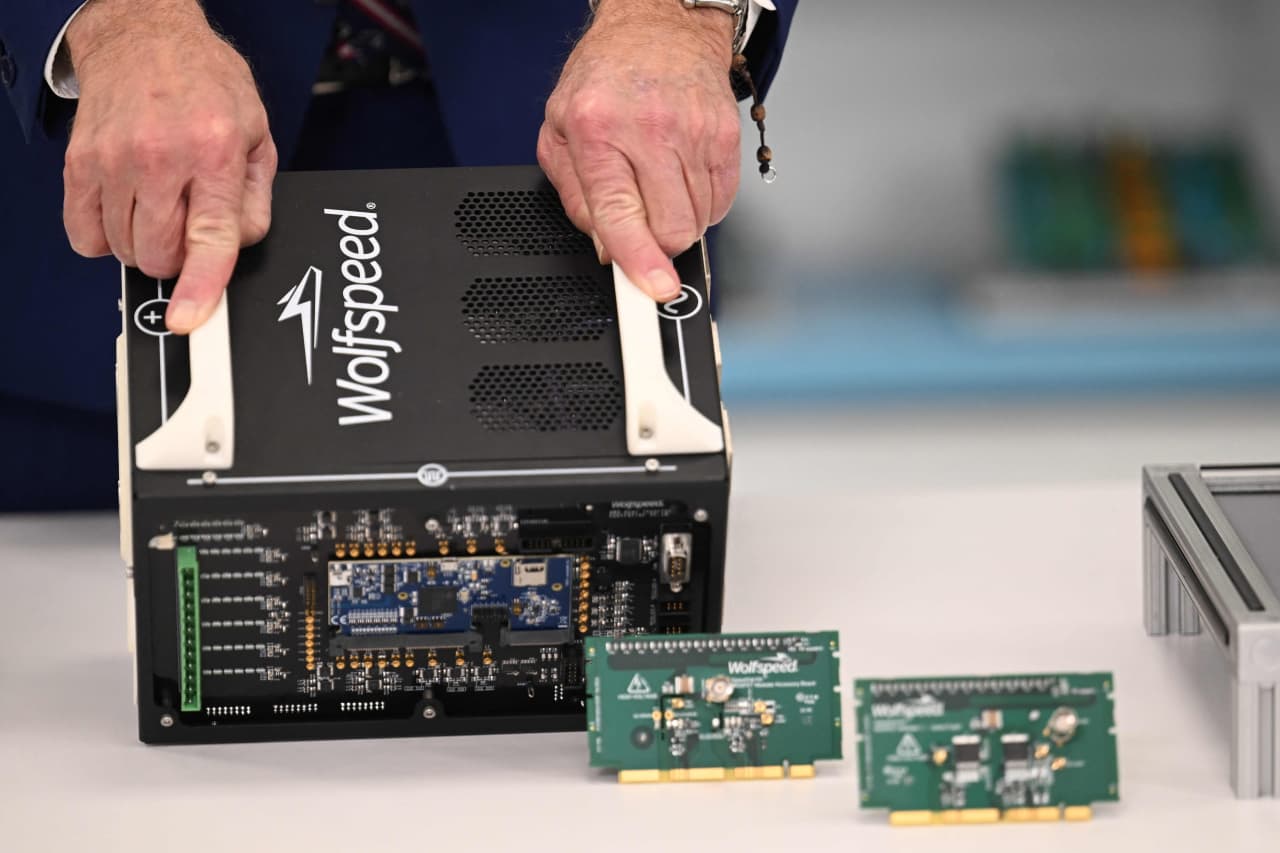

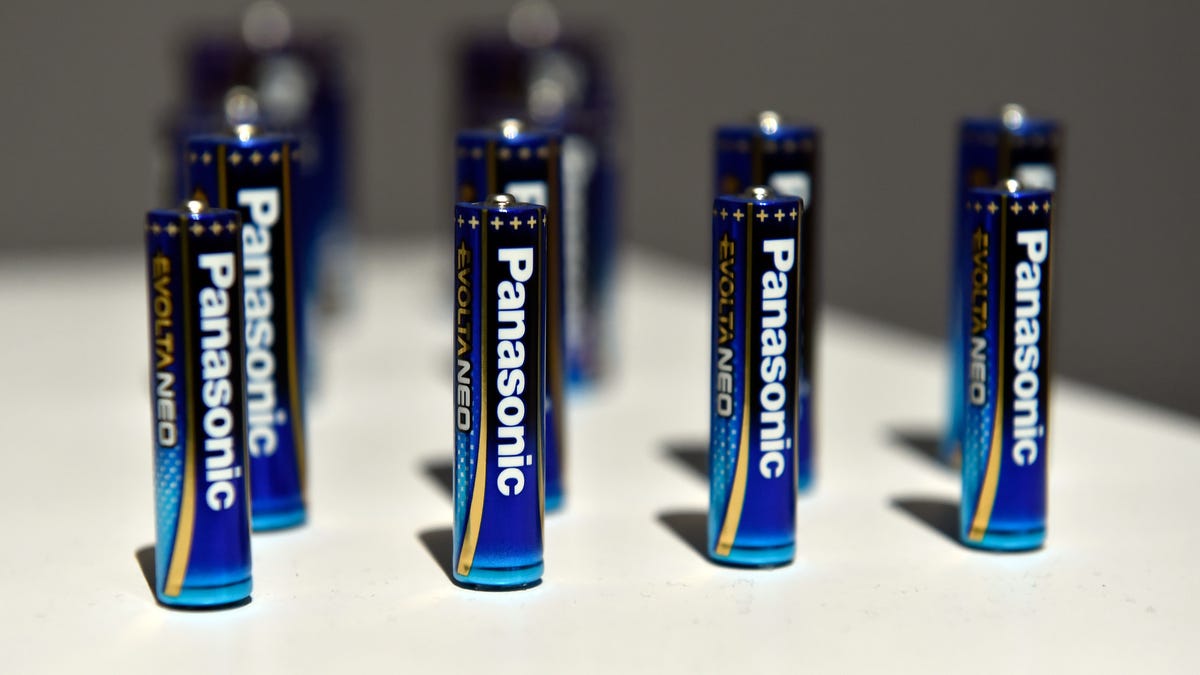
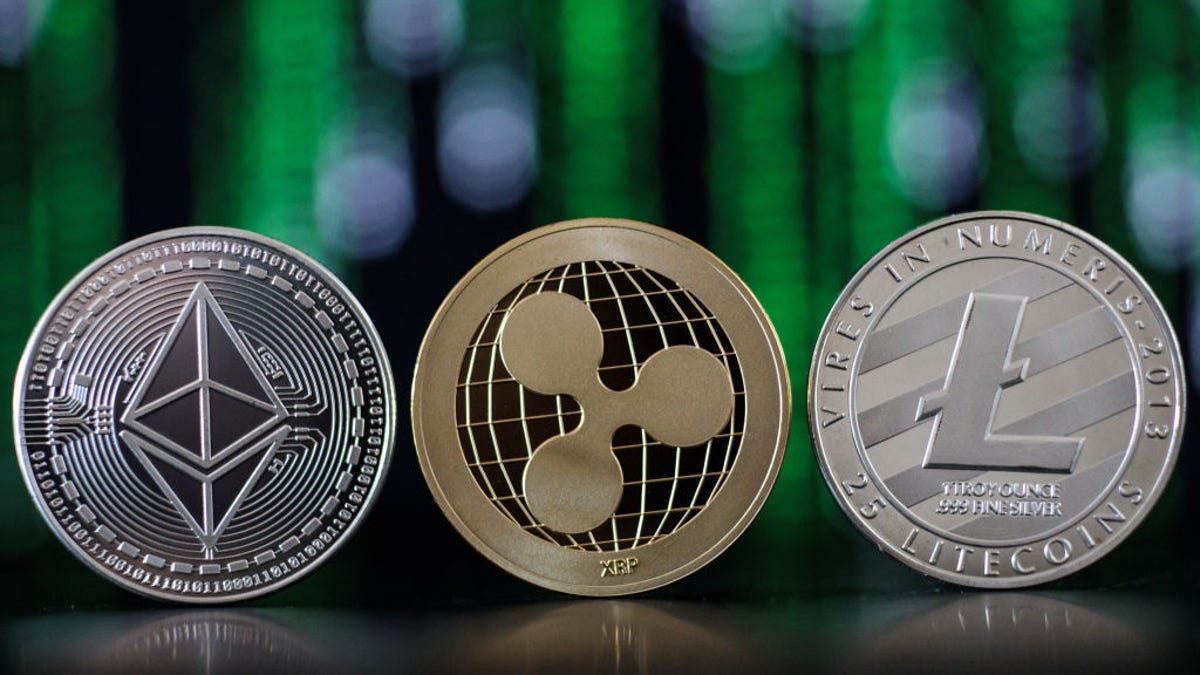









![[Weekly funding roundup May 3-9] VC inflow into Indian startups touches new high](https://images.yourstory.com/cs/2/220356402d6d11e9aa979329348d4c3e/WeeklyFundingRoundupNewLogo1-1739546168054.jpg)

































